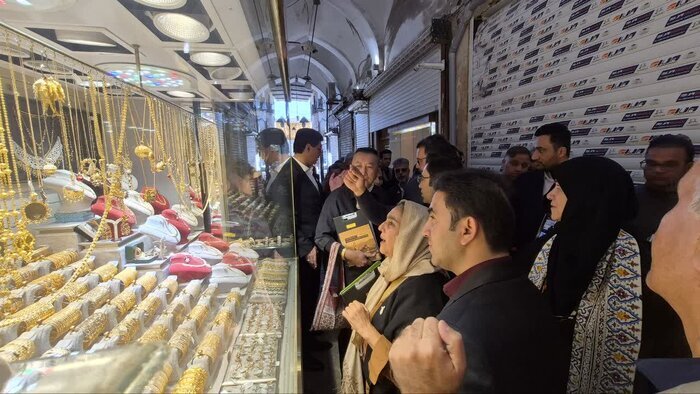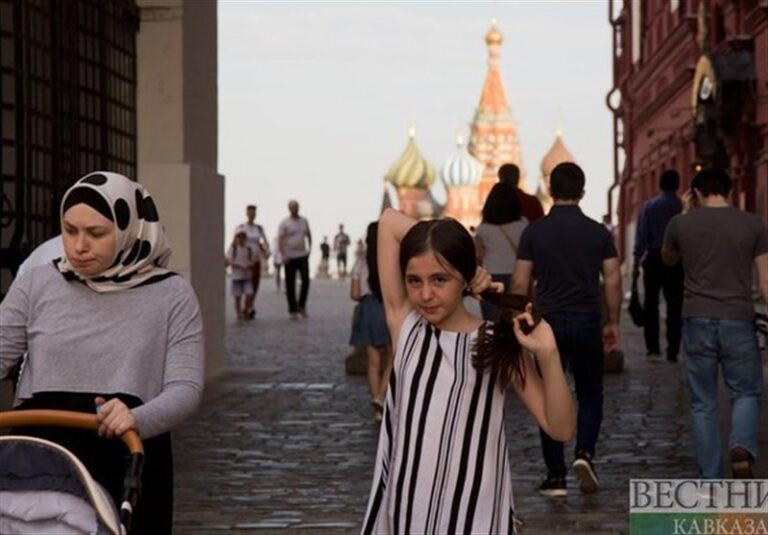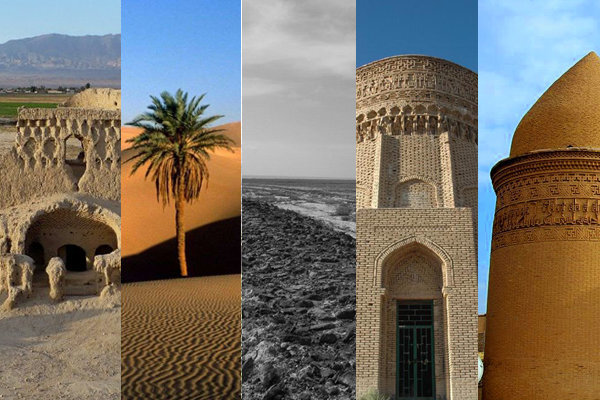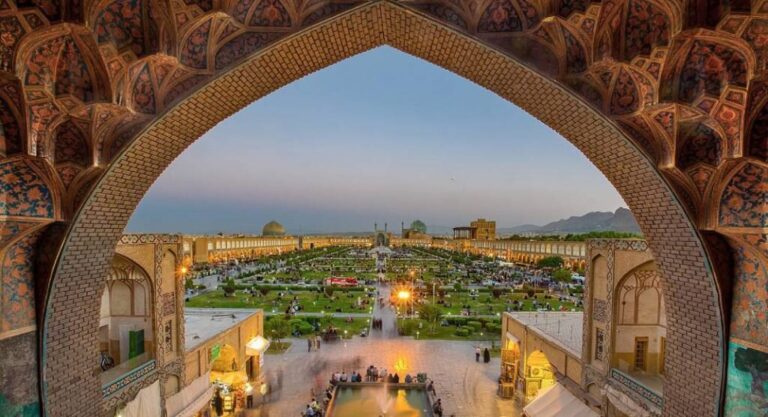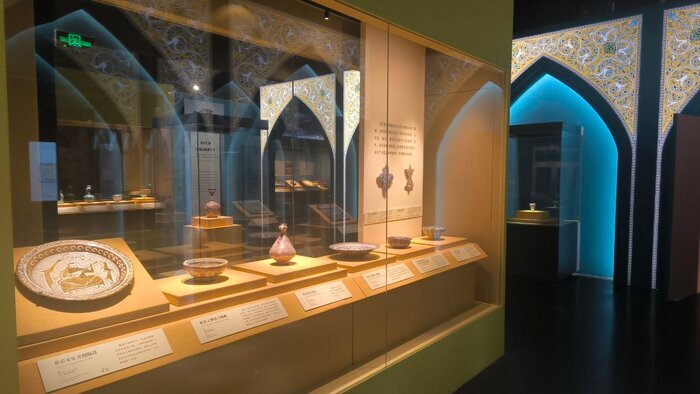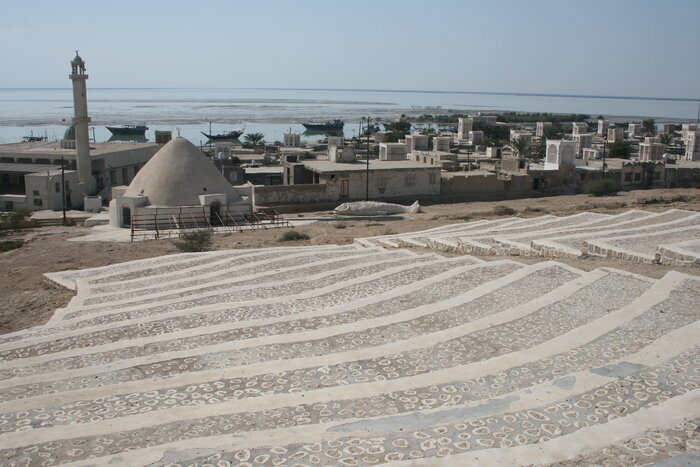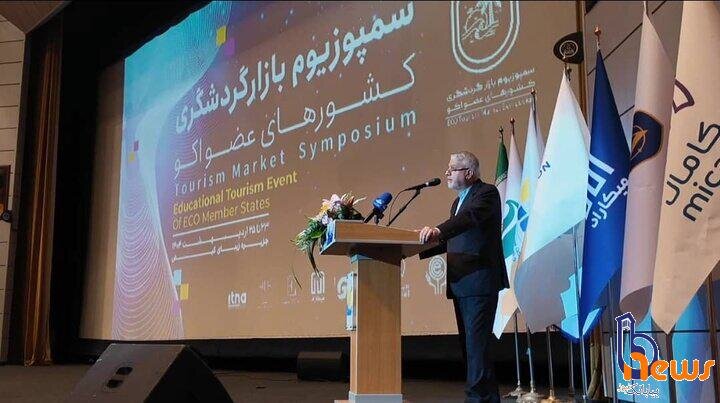Yazd Aims for Global Spotlight with Exquisite Traditional Jewelry
The ancient city of Yazd, recognized as a UNESCO World Heritage site, is on the verge of receiving another prestigious accolade: being designated a World City of Traditional and Handcrafted Jewelry by the World Crafts Council (WCC). This potential recognition highlights Yazd’s rich cultural heritage and its skilled artisans, making it a focal point for traditional craftsmanship.
On Saturday, a delegation from the WCC arrived in Yazd to evaluate its suitability for this esteemed title. The team engaged with local artisans and officials during a significant meeting held at the Kowsar Hall of the Yazd Governor-General’s Headquarters. Notable attendees included Iran’s Deputy Minister of Handicrafts and Traditional Arts, Maryam Jalali-Dehkordi, Yazd province’s Governor-General Mohammadreza Babaei, along with various officials and artisans.
During the meeting, Jalali-Dehkordi underscored the importance of integrating traditional identity-based economies with digital markets. She articulated that modern technologies, such as blockchain and artificial intelligence, could vastly improve the global reach of traditional crafts. By marrying ancient techniques with contemporary methods, artisans can expand their market presence.
She also praised Yazd’s rich artistic legacy, emphasizing how local artisans have preserved their craft across generations. Jalali-Dehkordi pointed out that Yazd’s unique blend of cultural preservation and modernization positions it as an ideal candidate for international recognition. Collaboration between public and private sectors, as well as unity among Yazd’s craftspeople, is vital for tapping into global markets effectively.
Governor Babaei echoed these sentiments, describing the evaluation process as a pivotal moment for Yazd’s traditional jewelry industry. He attributed the city’s vibrant artistic traditions to its multicultural history and religious diversity, expressing hope that the WCC designation would enhance Yazd’s cultural standing and stimulate economic growth within the handicrafts sector.
If approved, this designation as a world city of traditional and handcrafted jewelry would mark a significant milestone in Yazd’s long history of craftsmanship and cultural heritage.
The Art of Yazdi Zargari
The art of jewelry making, known as Zargari, has flourished in Yazd for approximately 2,000 years. This time-honored craft has been meticulously handed down through generations, preserving intricate techniques that are challenging to replicate. Some exceptional jewelry pieces, dating back 500 years, are exclusive to Yazd.
- Yazdi Zargari is recognized both nationally and internationally.
- Unlike the standard 18-karat gold produced elsewhere in Iran, Yazd’s artisans create pieces from 20-karat gold, contributing to the city’s esteemed reputation.
- Jewelry from the Parthian era has been discovered in the Mehriz region, further solidifying Yazd’s legacy in gold ornamentation.
One of the standout creations from Yazd is the “Chin-Abi” chain, named for its unique manufacturing method. This chain is distinguished by its remarkable softness, designed to emulate the fluidity of water. Crafted from delicate golden filaments and 20-karat gold rings, it often incorporates copper and silver alloys.
Other traditional chain-making techniques unique to Yazdi Zargari include:
- Hel Malileh Yazdi
- Toop Malileh Yazdi
- Hel va Gol-e Yazd
These traditional craftsmanship methods have been officially recognized and registered as part of Iran’s intangible cultural heritage, ensuring their preservation for future generations.
A Must-Visit Destination
In July 2017, Yazd’s historic core was designated a UNESCO World Heritage site, making it a “don’t miss” destination for travelers. Visitors are captivated by the city’s mudbrick houses, innovative badgirs (wind catchers), atmospheric alleyways, and numerous Islamic and Iranian monuments that define its stunning cityscape.
Cultural heritage experts assert that Yazd exemplifies the intelligent use of limited desert resources for survival. The qanat system, an ancient underground aqueduct, brings water to the city, with each district built around a qanat to facilitate communal living. The architectural design of Yazd incorporates earth into walls and roofs, featuring vaults and domes that enhance its unique climate.
The historical core of Yazd is rich with:
- Mudbrick houses
- Bazaars
- Public bathhouses
- Water cisterns
- Mosques, synagogues, and Zoroastrian temples
- Centuries-old gardens
This city is notable for the peaceful coexistence of three major religions: Islam, Judaism, and Zoroastrianism. Yazd is also home to numerous qanats, which have provided water for agriculture and settlements for millennia. The earliest water supply is traced back to the Sassanid era, with many qanats still in use today, ensuring the sustainability of this historic city.
